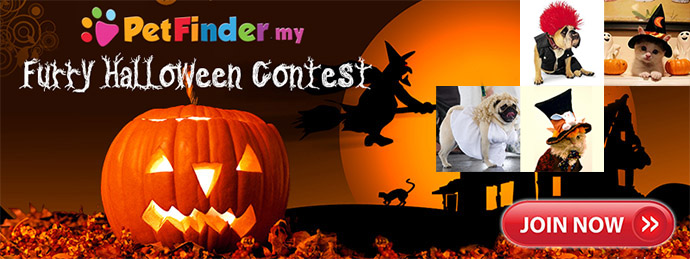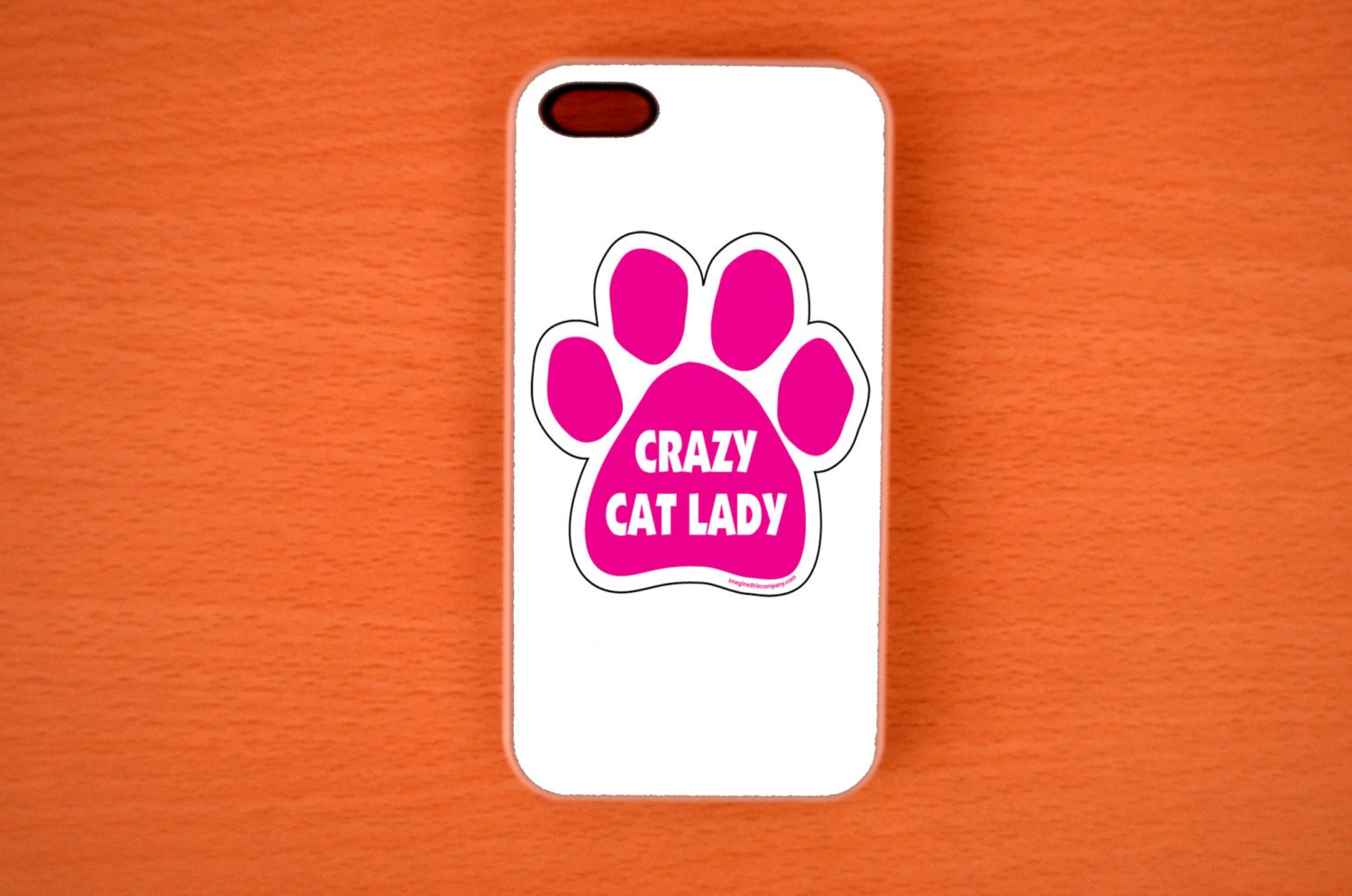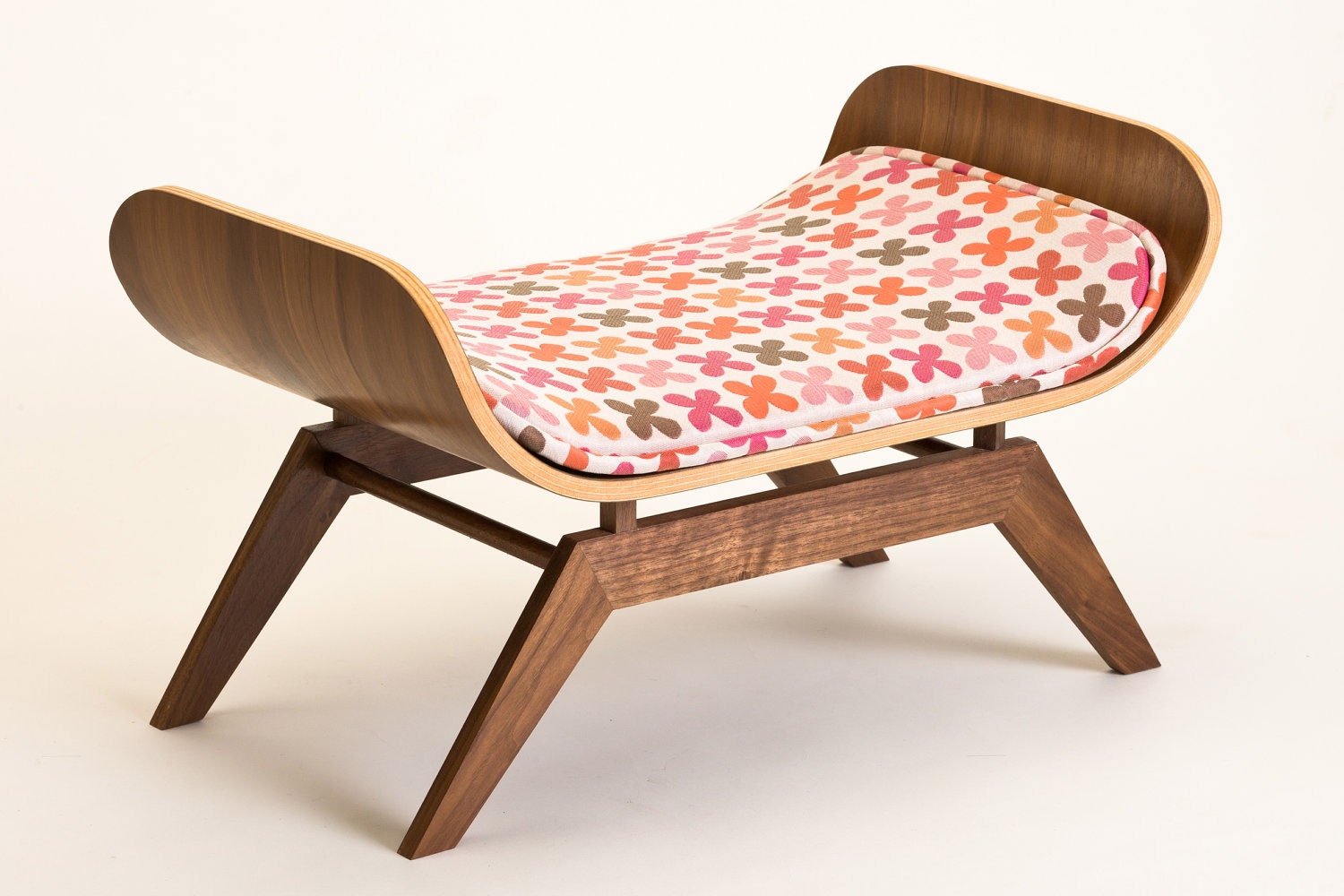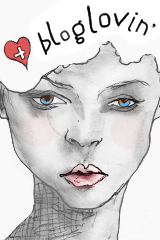 |
| Agent L after a long day at work |
 |
| Agent S in deep sleep |
Agents S and L have quite different sleeping habits. Agent S wakes up for breakfast at 5.30am, goes back to sleep till 10am (if we're lucky) snacks and continues his sleep till dinner at 7pm. That explains his not- so -slim physique. Agent L, on the other hand, is a light sleeper (comparatively!). She wakes up at 5.30am, grooms herself till 6.30am, continues sleeping till 8am and is ready to pounce on the day before her nap at 10am. Sometimes they tussle with each other a bit before taking their naps.
The difference is, Agent L detects our movements in the house and follows us around. If we're in the hall, she'll wake up and groom herself in the hall, demand that we play with her for at least 15 minutes twice or three times a day, grooms herself again before taking short naps in in her various favourite spots till we all go to sleep past midnight after their occasional midnight mad running around the house.
According to PetMD, cats sleep an average of fifteen hours a day, and some can sleep up to twenty hours in a twenty-four hour period. Which begs the question: Why do cats sleep so much?
The 'Catnap'
The first thing you should realize is that cats are most active between dusk and dawn, which means that they sleep mostly during the day and become active around twilight. This can come as quite a shock if you're bringing a new kitty home for the first time. Your cat will waste no time investigating and getting into trouble -- usually while you’re fast asleep! But as soon your cat is done with breakfast, as the rest of the world winds up for action, you'll find him winding down for a long day of slumber.
Energy Conservation
Cats have the physiology of a predator, meaning that they’re hardwired to give chase and hunt -- mainly at night. Large cats such as lions have a similar pattern of sleeping during the day and hunting at night. Although they have been domesticated for the most part, housecats still retain that wild streak. Even cats at play will display the feline primal instincts of creepng about in the shadows and, without a whisper of warning, pouncing on their target prey.
And hunting prey takes an amazing amount of energy. Whether your kitty is hunting for outdoor prey or tackling a catnip toy, all that sleep he gets is reserve energy for running, pouncing, climbing and stalking.
One Eye Open
Like people, cats either doze in a light sleep or sleep very deeply. When your cat dozes (which lasts about fifteen minutes to a half hour), he will position his body so that he can spring up and into action at a moment’s notice.
During deep sleep, cats experience rapid (or quick) brain movement. Deep sleep tends to last about five minutes, after which the cat goes back to dozing. This dozing-deep sleep pattern goes on until the cat wakes up.
Kittens and older cats tend to sleep more than the average-aged adult cat.
Rainy Day
It should come as no surprise that felines are affected by the weather, just like us. Cat behavior can vary greatly, depending on their breed, age, temperament and overall health. But, whatever your kitty’s usual disposition, it has been observed that cats sleep more when the weather calls for it. Yes, even if your kitty is an exclusive indoor-dweller, a rainy or cold day will have him (and probably you) yawning and looking for some shut-eye.
What Time is it?
Cats are crepuscular -- which means that they are most active during the twilight hours of dawn and dusk. They tend to lay low in the darker night-time and day-time hours, when other predators may be hanging about. Some cats may be active at night as well, especially when they’re kittens. But, cats are also sociable and highly adaptable. This means that a cat is apt to adjust his sleeping habits so he can spend more time with his loved ones -- meaning you. Cats will also adjust their sleep patterns to their feeding schedules, which is why an indoor cat sleeps more than a cat that roams outdoors.
Whether your cat is a spry kitten or a mature feline, his level of interaction and activity depends a lot on whether he's constantly recharging his kitty battery.
It's a good idea to learn what kind of sleep cycle is normal for your cat, because changes in sleep patterns can be a sign of a potentially serious health issue. Some sleep disturbances can be related to thyroid problems. Cats that sleep less may have an infection. Cats that sleep a lot more than usual may have kidney problems or cancer. In elderly cats, changes in sleep patterns can be signs of feline cognitive dysfunction (sometimes known as “kitty Alzheimer's”).
If your cat suddenly starts sleeping in a position that's unusual for him, he may have pain or discomfort somewhere in his body. Any change in sleep patterns or posture is a sign that you should call your vet and find out what's going on.





























0 comments: